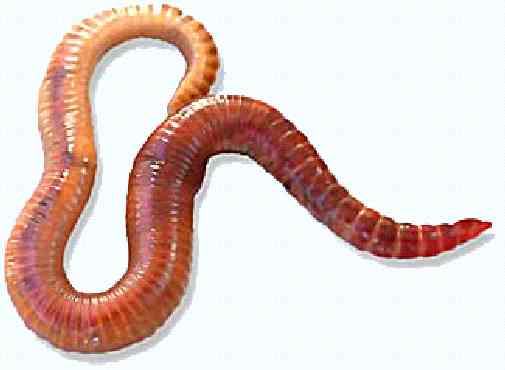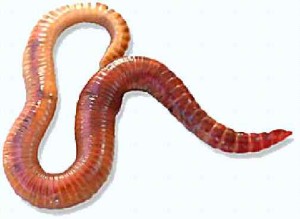This is the time of year we gardeners will be thinking about our new vegetable gardens for the spring and summer. Most of us will be planting the same variety of vegetables, hoping for a better harvest. Will the pole snap beans pollinate and fill out? Will the tomatoes escape the blight? Ah shucks, how can we harvest sweet corn without those pesky corn worms? These are problems we unsuccessfully face each year. So let us dwell on a matter we can control. Soil fertility.
Aristotle is recorded as observing good soil fertility with the presence of earthworms, and it is said that Charles Darwin stated that most soils on our planet passed through the gut of the earthworm. The soil beneath our feet supplies us with our food and fiber, and therefore we should respect it and take care of it.
Our forefathers came to these shores, settled, cleared the trees, grew crops and moved westward toward the setting sun, and in most cases, leaving farmed-out and eroded fields. So what, land was plentiful.
In the latter part of the 1800’s, commercial fertilizers begin to be applied to our land, resulting in increased yields of food and fiber. Our South Carolina soils responds very well to commercial fertilizers, despite the fact that our soils have a low ability to adsorb and hold on to the fertilizer nutrients applied. The reason is attributed to 2 factors. They are, (1) low ion exchange capacity of the soil particles, and (2) low humus resulting from low organic matter. A desired soil should have 5 percent humus. Most soils in our state have 1 percent or less.
How do we increase the humus in our gardens? Let nature’s composter do the work, the lowly earthworm.
Earthworms feed on soil microorganisms and organic matter, releasing humus and growth enhancing nutrients such as nitrogen, phosphorus, potassium and sulfur to mention a few. These nutrients are slowly released, supplying them over a long period of time.
Enriching vegetable gardens, traditional row or container gardens, can be accomplished by vermicomposting.
Wikipedia defines vermicompost in these words. “Vermicompost is the product or process of composting using various worms, usually red wigglers, white worms, and other earthworms to create a heterogeneous mixture of decomposing vegetable or food waste, bedding materials, and vermicast. Vermicast, also called worm castings, worm humus or worm manure, is the end-product of the breakdown of organic matter by an earthworm. These castings have been shown to contain reduced levels of contaminants and a higher saturation of nutrients than do organic materials before vermicomposting.
A simple vermicompost system can be constructed by building a wooden box 1 foot high, 4 feet wide and 6 to 8 feet long resting on a concrete slab. Add mixed kitchen scraps, shreds of newspaper and garden top soil, stir and introduce 2 lbs. red wiggler earth worms. There are some variations to this system. More information can be obtained by contacting the Clemson University Extension Service.
Worm compost can be spread and incorporated to root depth periodically. The gardener may encourage earthworms to live in the garden, but tilling, cultivating, spraying and other growing practices may deter the worm population. However, to aid aeration and loosen clayey soils, night crawler earthworms, lumbricus terrestris, may be introduced. Night crawlers build permanent burrows into the deep mineral soil, about 4 to 6 feet, and drag organic matter from the soil surface down into their borrows for food. These permanent burrows aid in water penetration and soil oxygen/carbon dioxide gas exchange.
This is the time for all good gardeners to come to the aid of their gardens and begin vermicomposting for a more healthy garden soil. Happy Gardening! Professor Ron.






